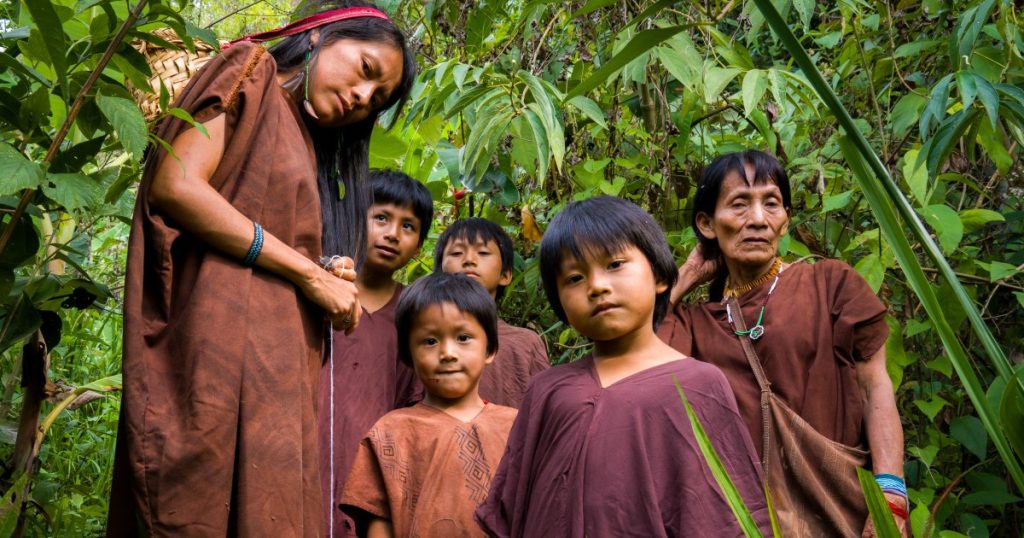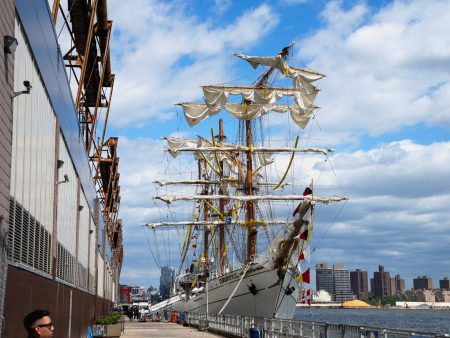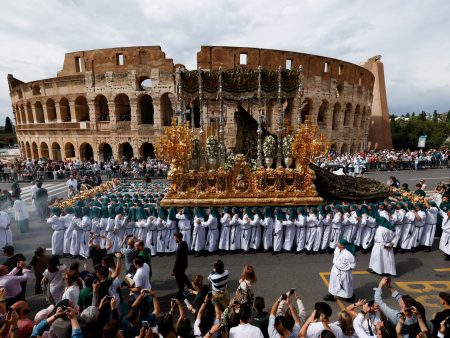Samaniego, a member of the Ashaninka tribe in Peru, recalls a time when his village of Marankiari was surrounded by lush forests teeming with wildlife such as snakes, tapirs, and man-eating cats. The village, home to 150 people, has always been closely connected to the natural world, with its name meaning “serpent” in the Ashaninka language. However, as the rainforest rapidly shrinks due to deforestation driven by small-scale agriculture, the wildlife that once defined the region has disappeared.
The loss of the forest has had a profound impact on the Ashaninka people, particularly on their culture and way of life. Tsonkiri Samaniego, the village elder, laments the scarcity of resources such as wild reeds used to make flutes, a tradition passed down through generations. With each passing year, more land is encroached upon, threatening not only the physical environment but also the cultural heritage of the Ashaninka people, deeply rooted in the natural world.
Tsonkiri recalls a time when the forest was abundant, providing a rich hunting ground for deer, wild turkey, and partridge. However, the landscape changed with the “coffee boom” of the 1940s, when farmers began clearing forests to cultivate coffee in response to high demand. Tsonkiri’s own family was exploited, forced into indentured labor on industrial farms and duped into surrendering ancestral land for meager compensation. Despite these challenges, Tsonkiri assumed the role of village leader at a young age and helped secure legal title to a small portion of their ancestral territory in 1978.
While the village now has legal ownership of a small parcel of land, they are still unable to access their most sacred sites in the Perene Valley, which have fallen into the hands of private owners. This restriction has imposed a sense of confinement on the Ashaninka people, limiting their ability to move freely through their traditional lands and access essential resources. Tsonkiri describes this situation as a form of imprisonment, as they are now confined to a defined territory rather than roaming freely like the animals that once populated the unbroken forest.
As the Ashaninka people face the challenges of deforestation and loss of cultural heritage, Tsonkiri and others in the village are determined to preserve their traditions and connection to the land. Through efforts to pass down musical traditions and knowledge of the natural world to younger generations, they hope to keep their culture alive in the face of environmental degradation and encroaching development. Despite the threats they face, the Ashaninka people of Marankiari remain resilient, drawing strength from their connection to the land and a shared history of adaptation and survival.















